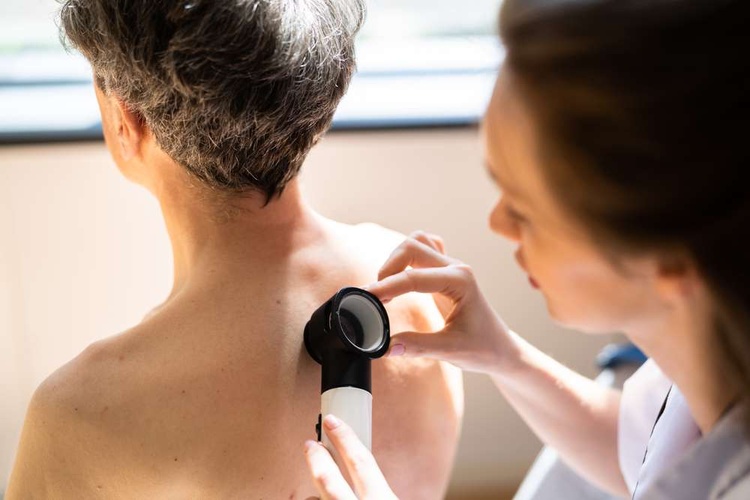Symptoms of Prostate Cancer: Early Signs and Available Treatments
Prostate cancer is one of the most common forms of cancer affecting men worldwide. Early detection and appropriate treatment are crucial for improving outcomes and quality of life. This article explores the early signs of prostate cancer, available treatment options, and associated costs to help you better understand this important health issue.

What are the early signs of prostate cancer?
Prostate cancer often develops slowly and may not cause noticeable symptoms in its early stages. However, some men may experience the following signs:
-
Difficulty urinating or weak urine flow
-
Frequent urination, especially at night
-
Blood in urine or semen
-
Erectile dysfunction
-
Pain or discomfort in the pelvic area
-
Bone pain, particularly in the lower back, hips, or thighs
It’s important to note that these symptoms can also be caused by other conditions, such as benign prostatic hyperplasia (BPH). If you experience any of these signs, consult your healthcare provider for a proper evaluation.
How is prostate cancer diagnosed?
Prostate cancer diagnosis typically involves a combination of tests and examinations:
-
Prostate-Specific Antigen (PSA) test: A blood test that measures PSA levels, which may be elevated in men with prostate cancer.
-
Digital Rectal Exam (DRE): A physical examination where a doctor feels the prostate gland for any abnormalities.
-
Prostate biopsy: If initial tests suggest the possibility of cancer, a biopsy may be performed to confirm the diagnosis and determine the cancer’s aggressiveness.
-
Imaging tests: MRI, CT scans, or bone scans may be used to determine if the cancer has spread beyond the prostate.
Early detection through regular screenings can significantly improve the chances of successful treatment.
What are the available prostate cancer treatments?
Treatment options for prostate cancer depend on various factors, including the stage of cancer, patient’s age, overall health, and personal preferences. Common treatments include:
-
Active Surveillance: For low-risk, slow-growing cancers, doctors may recommend monitoring the cancer closely without immediate treatment.
-
Surgery: Radical prostatectomy involves removing the entire prostate gland and surrounding tissues.
-
Radiation Therapy: This treatment uses high-energy rays to kill cancer cells. It can be delivered externally (external beam radiation) or internally (brachytherapy).
-
Hormone Therapy: This treatment aims to reduce testosterone levels, which can slow or stop cancer growth.
-
Chemotherapy: Used primarily for advanced prostate cancer that has spread to other parts of the body.
-
Immunotherapy: This treatment boosts the body’s natural defenses to fight cancer cells.
-
Cryotherapy: Freezing of cancer cells to destroy them, typically used for early-stage prostate cancer.
How effective are prostate cancer treatments?
The effectiveness of prostate cancer treatments varies depending on the cancer stage, treatment type, and individual patient factors. Generally, early-stage prostate cancers have higher success rates with treatment. According to recent studies:
-
Localized prostate cancer: 5-year survival rates exceed 99% with appropriate treatment.
-
Regional prostate cancer (spread to nearby structures): 5-year survival rate is about 100%.
-
Metastatic prostate cancer: 5-year survival rate is approximately 30%, but new treatments are improving outcomes.
It’s crucial to discuss the potential benefits and risks of each treatment option with your healthcare provider to determine the best approach for your specific situation.
What are the side effects of prostate cancer treatments?
While prostate cancer treatments can be effective, they may also cause side effects:
-
Surgery: Potential for urinary incontinence and erectile dysfunction.
-
Radiation therapy: May cause urinary problems, bowel issues, and erectile dysfunction.
-
Hormone therapy: Can lead to hot flashes, decreased libido, and osteoporosis.
-
Chemotherapy: May cause fatigue, nausea, hair loss, and increased risk of infections.
Your healthcare team can help manage these side effects and improve your quality of life during and after treatment.
What is the cost of prostate cancer treatment?
The cost of prostate cancer treatment can vary widely depending on the type of treatment, location, and insurance coverage. Here’s a general overview of estimated costs for common treatments:
| Treatment Type | Estimated Cost Range (USD) | Notes |
|---|---|---|
| Surgery (Radical Prostatectomy) | $15,000 - $35,000 | Varies by surgical approach (open vs. robotic) |
| Radiation Therapy | $20,000 - $50,000 | Depends on type and duration of treatment |
| Hormone Therapy | $1,000 - $3,000 per month | Long-term treatment can significantly increase costs |
| Chemotherapy | $10,000 - $30,000 per round | Multiple rounds may be necessary |
| Active Surveillance | $2,000 - $5,000 per year | Includes regular tests and check-ups |
Prices, rates, or cost estimates mentioned in this article are based on the latest available information but may change over time. Independent research is advised before making financial decisions.
It’s important to note that these are rough estimates, and actual costs can vary significantly. Many patients have insurance that covers a portion of these expenses. Additionally, there may be assistance programs available for those who need help with treatment costs. Discuss financial concerns with your healthcare provider and insurance company to understand your options better.
In conclusion, understanding the early signs of prostate cancer and available treatment options is crucial for men’s health. Regular screenings, early detection, and appropriate treatment can significantly improve outcomes for those diagnosed with prostate cancer. If you experience any concerning symptoms or are due for a prostate cancer screening, consult with your healthcare provider to ensure timely care and support.
This article is for informational purposes only and should not be considered medical advice. Please consult a qualified healthcare professional for personalized guidance and treatment.




